Innovative solutions in building design
In the ever-evolving world of construction, innovative building design has become a cornerstone for addressing the complex demands of modern infrastructure. As urban landscapes expand and environmental concerns rise, the need for creative and sustainable solutions in building design is more critical than ever. This blog explores the cutting-edge technologies and methodologies that are shaping the future of construction, offering insights into how these innovations can meet the needs of businesses and government entities seeking reliable partners for large-scale projects.
2. The Role of Technology in Modern Construction
Building Information Modeling (BIM) is revolutionizing the way construction projects are planned and executed. By creating detailed digital representations of buildings, BIM allows for enhanced collaboration among architects, engineers, and contractors. This technology not only improves accuracy and efficiency but also helps in identifying potential issues before they arise, ensuring projects are completed on time and within budget.
3D printing is emerging as a game-changer in the construction industry, offering the ability to create complex structures with precision and speed. This technology reduces material waste and labor costs, making it an attractive option for large-scale projects. From printing entire buildings to creating intricate architectural details, 3D printing is paving the way for more innovative and sustainable construction practices.
Smart building technologies integrate advanced systems to enhance the functionality and efficiency of structures. These technologies include automated lighting, climate control, and security systems that can be managed remotely. By optimizing energy use and improving occupant comfort, smart buildings represent a significant step forward in sustainable design.
3. Sustainable Building Practices
The use of green building materials is essential for reducing the environmental impact of construction projects. Materials such as recycled steel, bamboo, and low-VOC paints contribute to healthier indoor environments and lower carbon footprints. By prioritizing sustainability, construction companies can meet the growing demand for eco-friendly buildings.
Energy-efficient design focuses on reducing a building's energy consumption through innovative architectural solutions. This includes the use of passive solar design, high-performance insulation, and energy-efficient windows. By minimizing energy use, these designs not only lower operational costs but also contribute to a more sustainable future.
Water conservation is a critical component of sustainable building design. Techniques such as rainwater harvesting, greywater recycling, and low-flow fixtures help reduce water usage and promote resource efficiency. These practices are particularly important in areas facing water scarcity, ensuring that buildings are both environmentally responsible and cost-effective.
4. Modular and Prefabricated Construction
Modular construction involves assembling building components off-site and transporting them to the construction site for installation. This method offers numerous benefits, including reduced construction time, improved quality control, and minimized site disruption. Modular construction is particularly advantageous for projects with tight timelines and budget constraints.
Prefabrication techniques involve manufacturing building elements in a controlled environment before assembling them on-site. This approach enhances precision and efficiency, reducing waste and labor costs. Prefabrication is ideal for repetitive structures, such as apartment complexes and office buildings, where consistency and speed are paramount.
5. Adaptive Reuse and Renovation
Adaptive reuse involves repurposing existing buildings for new functions, preserving their historical value while meeting modern needs. This approach not only conserves resources but also revitalizes urban areas, offering a sustainable alternative to new construction. By transforming underutilized spaces, adaptive reuse contributes to vibrant and resilient communities.
Balancing historical preservation with modern functionality is a challenge faced by many construction projects. Innovative design solutions allow for the integration of contemporary amenities while maintaining the architectural integrity of historical structures. This approach ensures that heritage buildings remain relevant and useful in today's urban landscape.
6. Challenges and Opportunities in Innovative Building Design
While innovative building design offers numerous benefits, it also presents challenges that must be addressed. These include navigating regulatory requirements, managing costs, and ensuring the availability of skilled labor. However, the opportunities for growth and advancement in this field are immense, with the potential to transform the construction industry and create a more sustainable future.

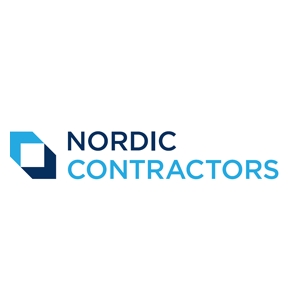
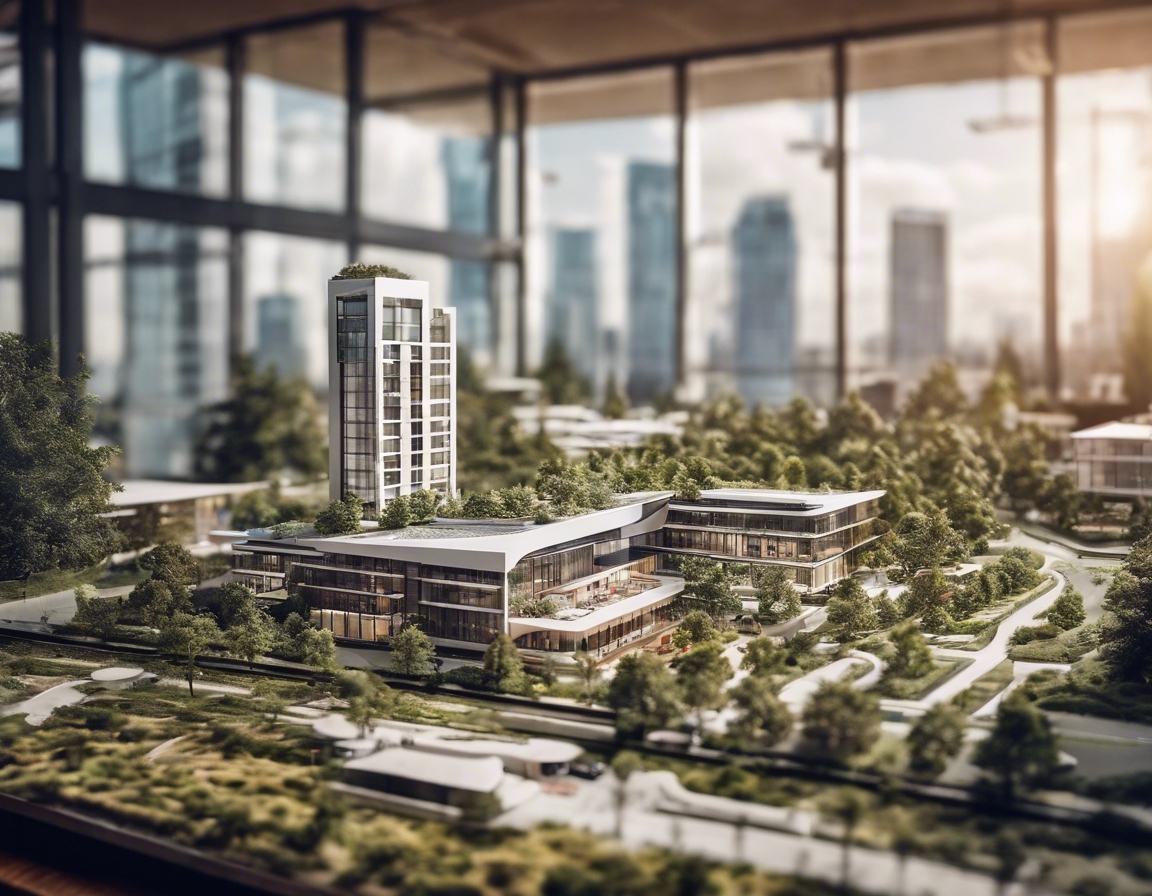


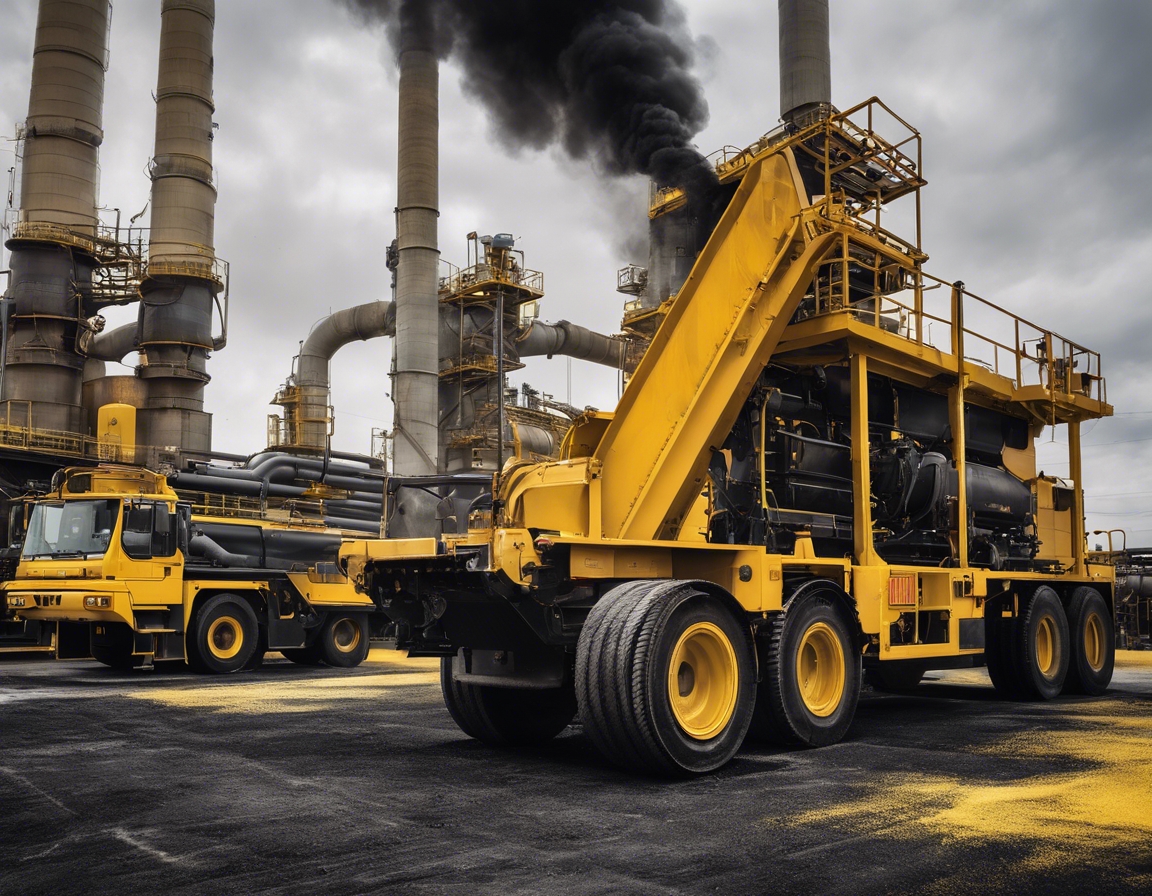
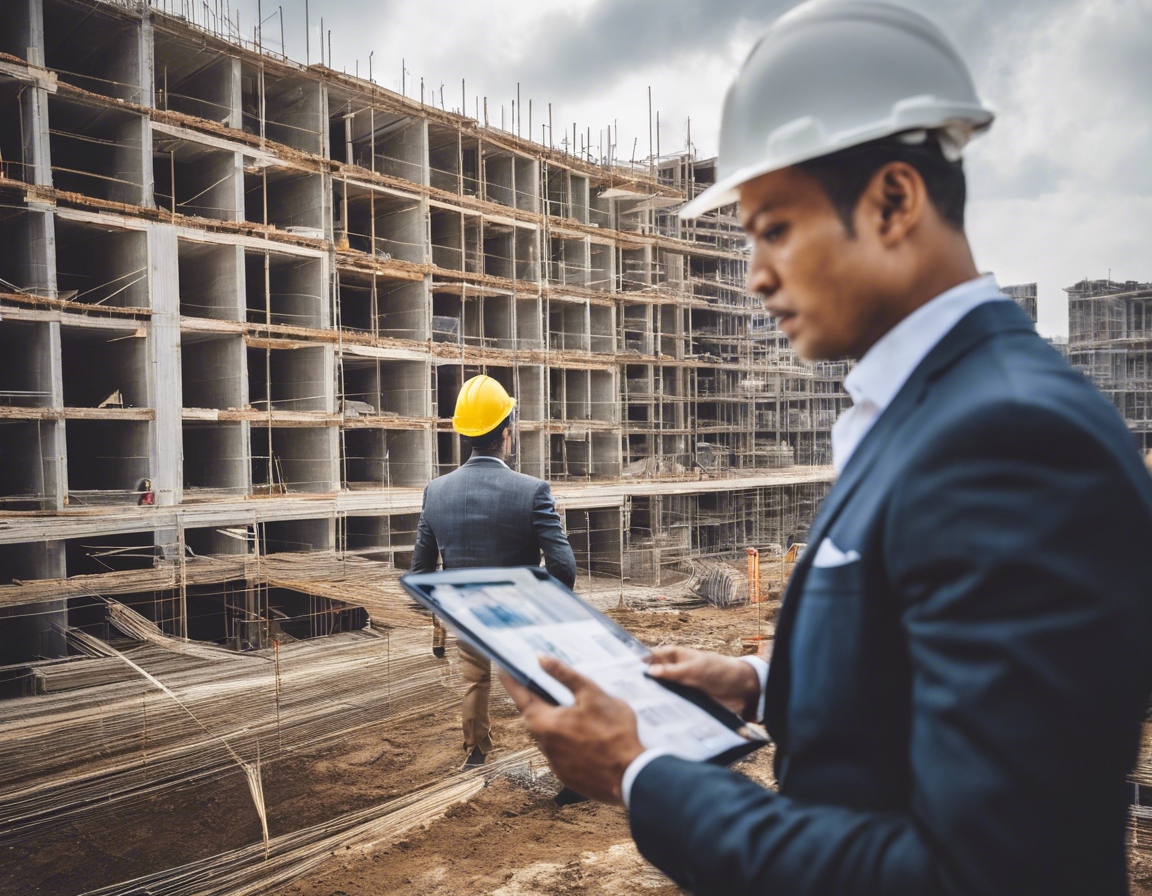
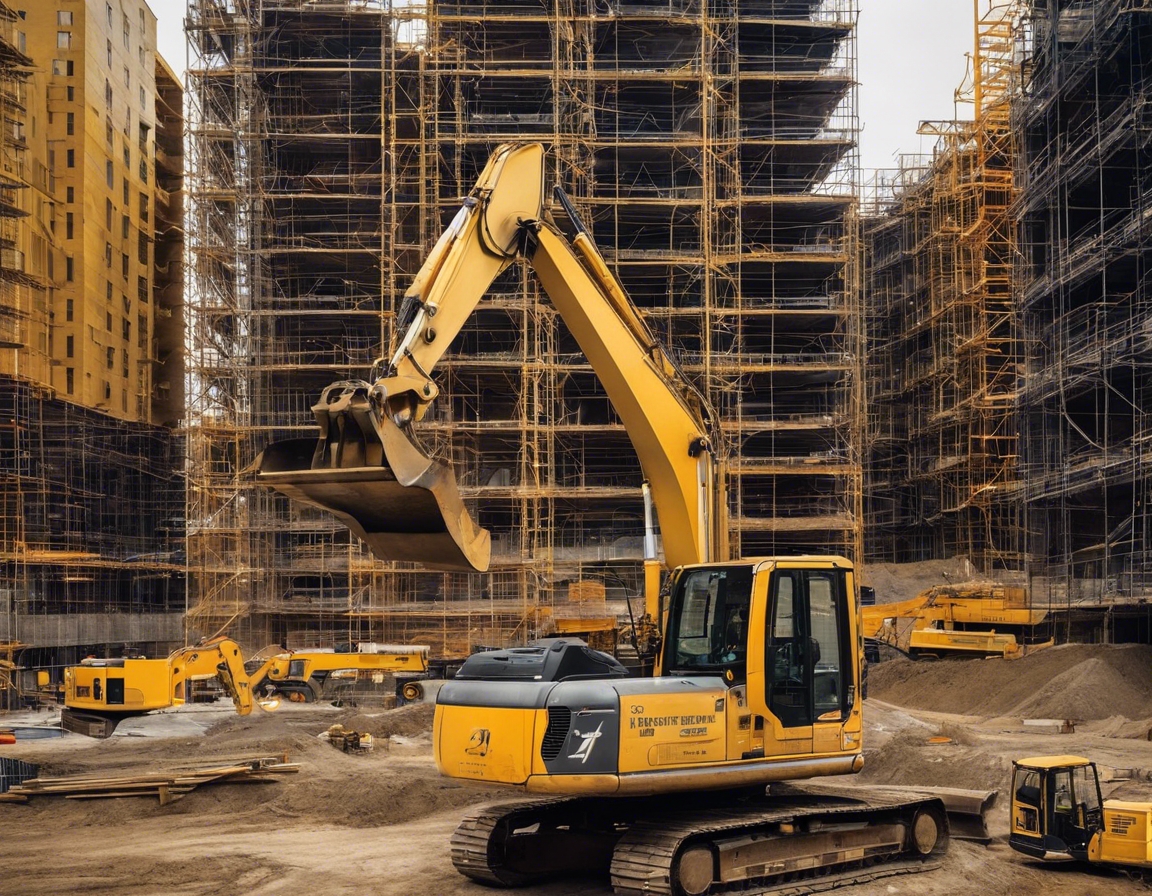
Comments (0)